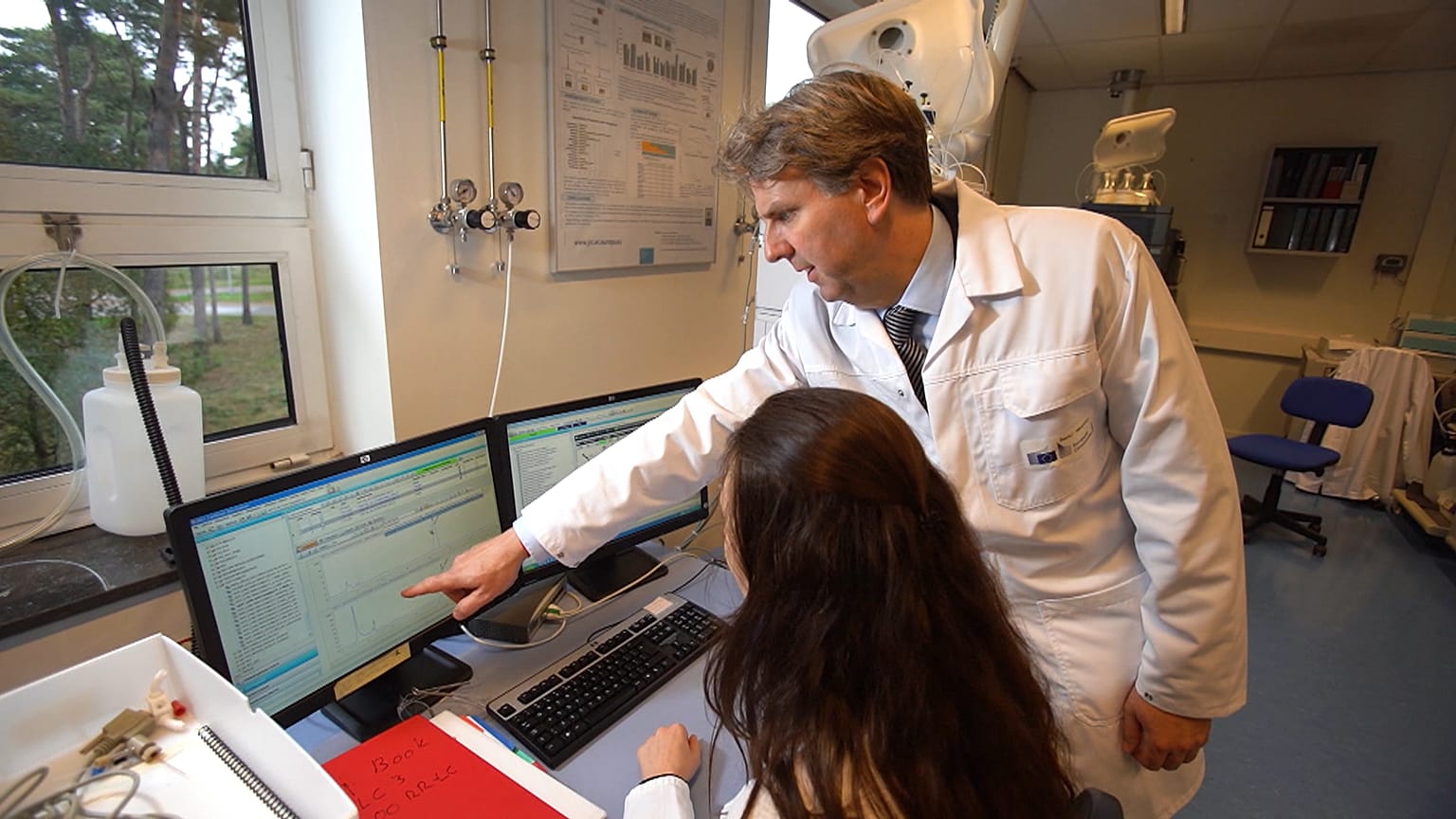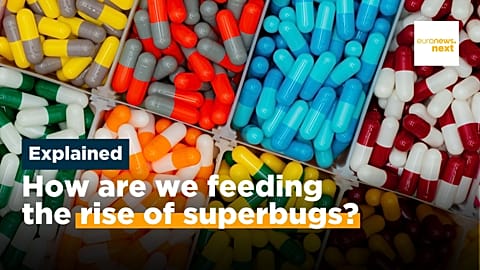With a massive increase of mobility within the EU, the European Health Data Space is set to play a leading role in facilitating the exchange of EU citizens cross-border health-data.
The mobility of people within the European Union has increased massively in recent years. For example in 2020 there were 13.5 million Europeans living in a different EU country from their nation or origin. Consequently, it has been necessary to establish and ensure efficient cross-border healthcare for all citizens within the European Union.
In the next few years an organisation called the European Health Data Space (EHDS) will play a major role in this context, by facilitating the exchange of health information across borders, in a secure and integrated way. At the heart of the EHDS is the exchange of health information throughout the EU.
Two cross-border infrastructures of the European Health Data Space : MyHealth@EU, which is already operational, and HealthData@EU will play a key role in this process.
In Brussels we met with an eHealth expert, Licínio Kustra Mano, an Information Systems Agent, and Directorate-General for Health and Food Safety in order to understand their impact for health systems and patients.
"MyHealth@EU enables health professionals to access essential information (across borders); for example, a pharmacist will need to access prescriptions issued in another country, a doctor in a hospital will need to have access to some essential information like allergies, vaccination records, past illness or current medication".
Medical records are translated into the healthcare professional's language. This allows any European citizen travelling through the European Union to receive care as if they were in their own country.
Under MyHealth@EU, the access to health data is possible through the National Contact Points (NCP), which will be gradually set up in all Member States, and the European Coordination Services, that harmonise data exchange between nations.
MyHealth@EU services, such as ePrescriptions and Patient Summary, are already available in 10 European countries. In the coming years both services will be gradually implemented across the European Union.
A pilot version of HealthData@EU is going to be set up over the next two years, to test, on a small scale, the challenges surrounding access to health data.
The Paris based Health Data Hub, leads the consortium that will operate the pilot project. This French public agency, specialises in health data management, and has developed the architecture of an ecosystem where patient information can be accessed under very high security and privacy standards.
Finland is another member of this consortium. Findata, the national data authority for the healthcare sector, brings a deep experience about guidance and protection on the secondary use of health data in the context of public interest projects.
Creating such a robust and outstanding technological environment of security and data protection, is of paramount importance and will play a crucial role in gaining the trust of EU citizens, and consequently, their willingness to share health information.

















